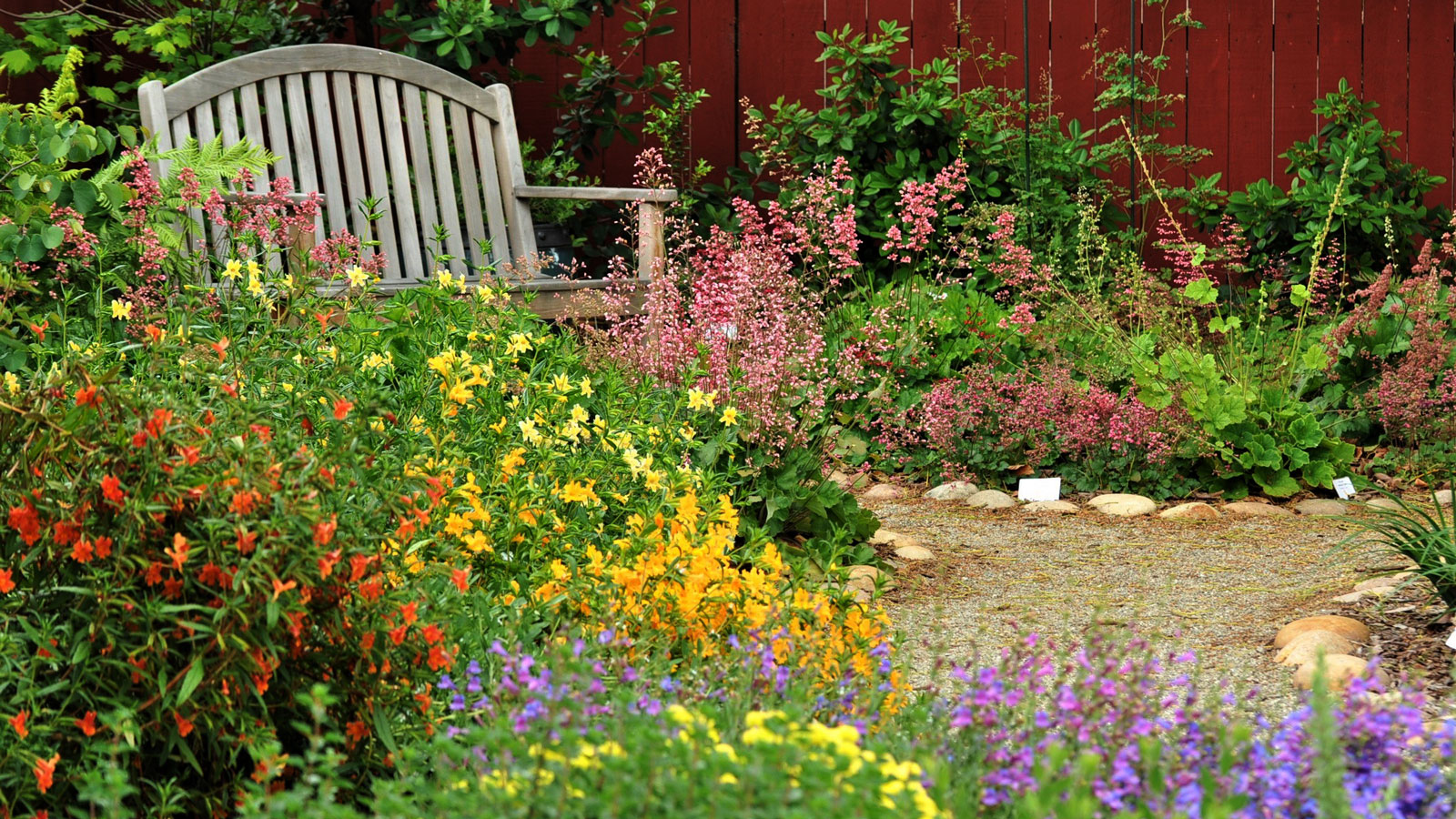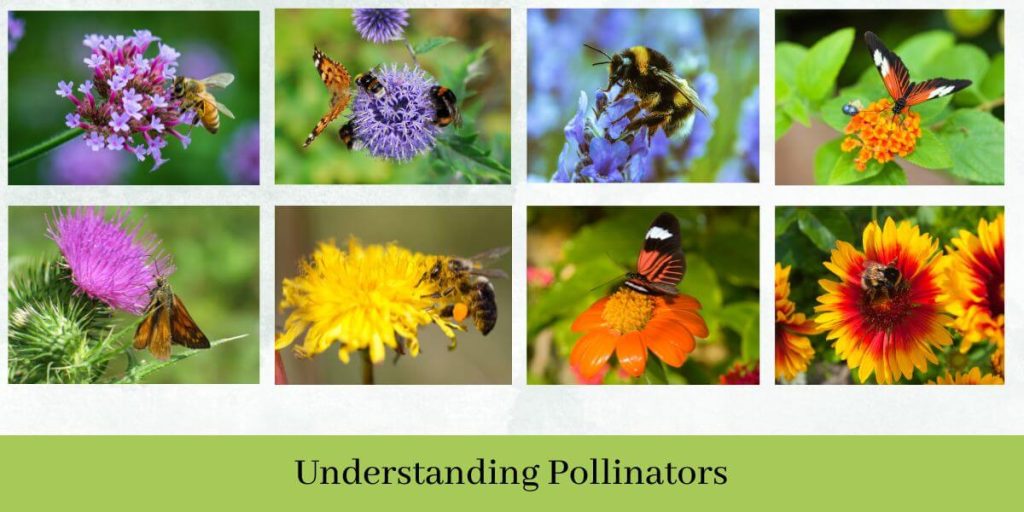How to Create a Pollinator-Friendly Garden: Step-by-Step

Imagine a garden buzzing with life, where bees hum gently, butterflies flutter gracefully, and hummingbirds dart from flower to flower. This vibrant scene is not just a dream; it's a reality you can create in your own backyard. By designing a pollinator-friendly garden, you're not only inviting these delightful creatures into your space but also playing a crucial role in supporting the local ecosystem. Let's dive into the steps to create a haven for pollinators, combining beauty with ecological responsibility.
Understanding the Importance of Pollinators
Pollinators are the unsung heroes of our ecosystem. They include bees, butterflies, hummingbirds, and even some beetles and flies. These creatures are essential for the reproduction of many plants, including those that produce our food. Without pollinators, our gardens and farms would be far less productive and diverse.
Step 1: Choose the Right Location
The first step in creating a pollinator-friendly garden is selecting the right spot. Ideally, you want an area that gets plenty of sun, as most pollinator-friendly plants thrive in sunny conditions. Additionally, consider the proximity to water sources, as pollinators need water to survive.
Step 2: Select Bee-Friendly Plants
When choosing plants for your garden, opt for those that attract pollinators. Bee-friendly plants include lavender, sunflowers, and coneflowers. These plants provide nectar and pollen, which are vital for bees.
Native Wildflowers: The Perfect Choice
Native wildflowers are an excellent choice for a pollinator-friendly garden. They are adapted to your local climate and soil conditions, making them easier to grow. Plus, they provide the specific nutrients that local pollinators need. Some popular native wildflowers include black-eyed Susans, asters, and milkweed.
Step 3: Design a Butterfly-Friendly Garden
Butterflies are not only beautiful but also important pollinators. To attract butterflies, include plants that serve as both food sources and host plants for their caterpillars. Butterfly-friendly plants include milkweed, which is essential for monarch butterflies, and asters, which provide nectar for a variety of butterfly species.
Step 4: Incorporate Eco-Friendly Gardening Practices
Eco-friendly gardening practices are crucial for maintaining a healthy pollinator-friendly garden. Avoid using pesticides, as they can harm pollinators. Instead, opt for natural pest control methods. Additionally, consider composting to enrich your soil naturally.
Water Features: A Must-Have
Water is essential for all living things, including pollinators. Incorporate a water feature, such as a birdbath or shallow dish, to provide a drinking source for your garden visitors. Ensure the water is shallow and has a landing area for insects to prevent drowning.
Step 5: Provide Shelter and Nesting Sites
Pollinators need places to rest and nest. Include features like bee hotels, which provide nesting sites for solitary bees. You can also leave areas of your garden undisturbed to allow for natural nesting sites.
Step 6: Plant in Layers
Planting in layers creates a diverse and visually appealing garden. Include a mix of tall, medium, and short plants to attract a variety of pollinators. This layering also provides shelter and food sources at different heights, mimicking a natural ecosystem.
Step 7: Maintain Your Garden
Regular maintenance is key to keeping your pollinator-friendly garden thriving. Remove dead plants and weeds, and prune as needed. However, avoid over-pruning, as this can remove valuable food and shelter for pollinators.
Conclusion: Embrace the Buzz
Creating a pollinator-friendly garden is not just about beautifying your space; it's about supporting the delicate balance of our ecosystem. By choosing the right plants, incorporating eco-friendly practices, and providing essential resources, you can transform your garden into a haven for bees, butterflies, and other pollinators. Embrace the buzz and enjoy the vibrant life that a pollinator-friendly garden brings.
FAQs
What are the best plants for attracting bees?
- Some of the best plants for attracting bees include lavender, sunflowers, coneflowers, and native wildflowers like black-eyed Susans and asters.
How can I provide water for pollinators?
- You can provide water for pollinators by incorporating a shallow dish or birdbath filled with water. Ensure the water is shallow and has a landing area to prevent drowning.
Why are native wildflowers important for pollinators?
- Native wildflowers are important because they are adapted to local climate and soil conditions, making them easier to grow. They also provide the specific nutrients that local pollinators need.
What are some eco-friendly gardening practices?
- Eco-friendly gardening practices include avoiding pesticides, using natural pest control methods, composting, and providing shelter and nesting sites for pollinators.
How can I maintain a pollinator-friendly garden?
- Maintain your garden by removing dead plants and weeds, pruning as needed, and avoiding over-pruning to preserve valuable food and shelter for pollinators.


By following these steps and incorporating these practices, you can create a thriving pollinator-friendly garden that not only beautifies your space but also supports the local ecosystem. Happy gardening!
0 Response to "How to Create a Pollinator-Friendly Garden: Step-by-Step"
Post a Comment